18
Jan
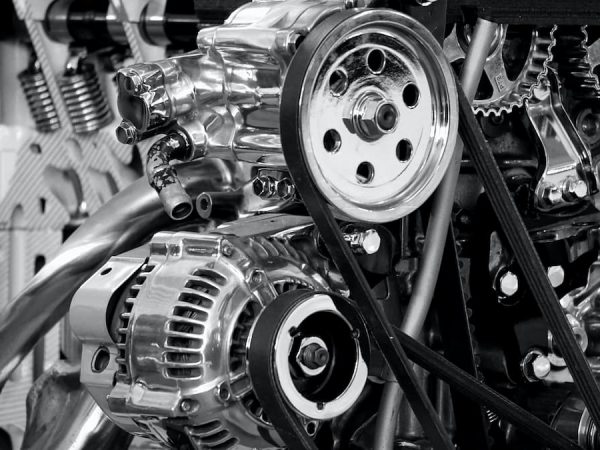
Engine mounting is a crucial aspect of car design that helps to secure the engine and transmission to the chassis of a vehicle. The main purpose of engine mounting is to isolate engine vibrations and noise from the rest of the car, while also providing a secure and stable platform for the engine to operate on.
There are several different methods of engine mounting, each with its own advantages and disadvantages. Here, we will explore the most common types of engine mounting and the pros and cons of each. Moreover, when choosing a car engine mounting type, it’s important to consider the following factors: engine heat, weight and space requirements, and overall engine performance.
There are three types of engine mounts: rubber, U-bracket, and rigid. Each has its own set of advantages and disadvantages that make them better suited for certain applications over others.
As aforementioned, there are three main types of car engine mounting types: rubber, U-bracket, and rigid. Each type has its pros and cons, which will be discussed in greater detail below.
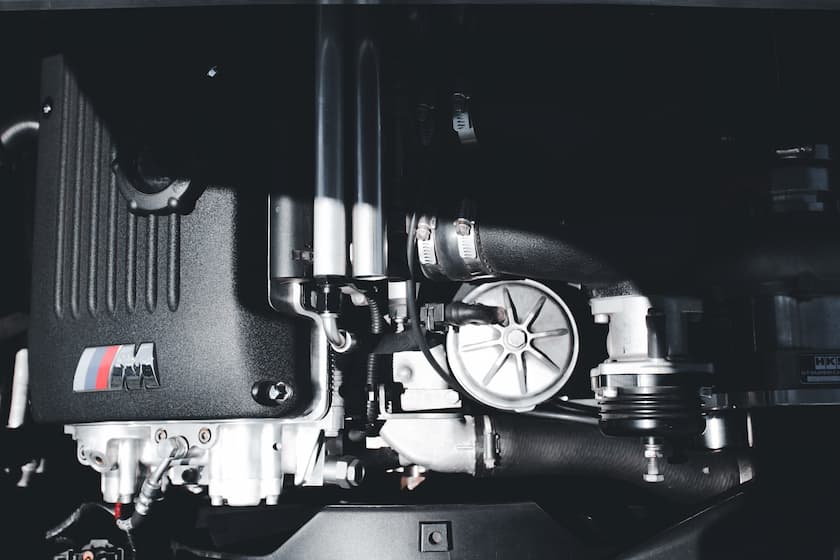
Rigid engine mounts are the most common type and can be found on most vehicles today. These mounts offer a good balance between performance, weight and cost, making them ideal for most applications. They are constructed from metal or plastic parts that connect the engine to the vehicle’s frame through multiple bolts. This type of mount does not have any give in it; as a result, it absorbs vibrations from the engine so the driver doesn’t feel them when driving. The amount of vibration absorbed is dependent on the stiffness of the engine mount and how much power is being sent to the engine.
A U-shaped engine bracket was designed for performance vehicles and can be found in high-performance engines, race cars and some sports cars. These mounts are made from aluminium or steel and offer higher levels of both vibration dampening and performance than rigid mounts. However, they tend to weigh more than other types of engine mounts. Because of this, U-bracket mounts are typically only used in high-performance engines that require additional power and torque.
A rubber engine mount is the most common type found on older vehicles. It connects the engine to the frame of the vehicle through multiple bolts and has a large amount of give in it so it can absorb vibrations from the engine. These types of mounts tend to be less expensive than other mounting systems. They also weigh less than rigid or U-bracket mounts, which makes them ideal for use in vehicles that need to be lightweight. The amount of vibration absorbed by a rubber engine mount is dependent on the quality of the material used and how much power is being sent to the engine.
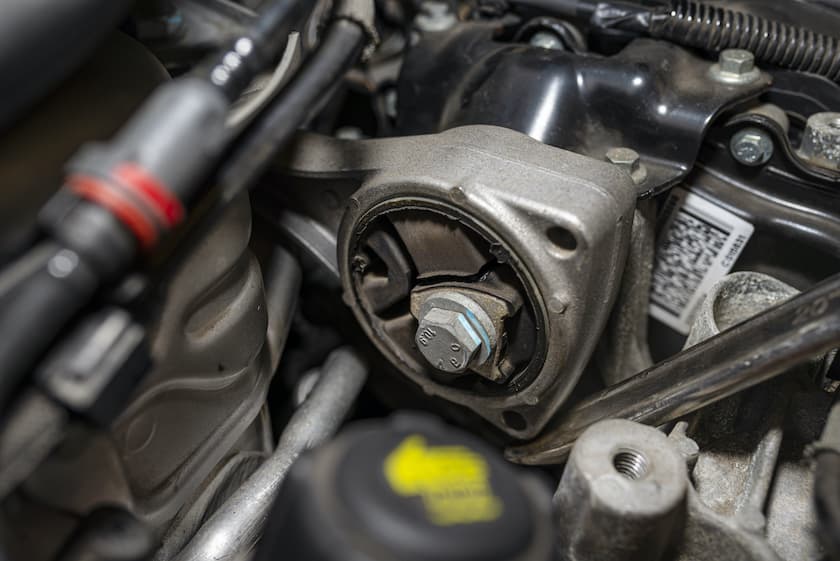
Each type of engine mount has its own set of advantages and disadvantages. It’s important to consider these when choosing which one to install on your vehicle.
Improved engine performance due to reduced vibrations. Improved fuel economy and lower emissions due to less moving parts in the engine compartment and fewer stops for gas stations. Reduced engine noise, which helps keep interior cabin noise at a minimum. More efficient heat dissipation because the engine is not constantly heating itself up again and again due to movement. This can help extend the life of components that would otherwise fail prematurely due to excessive wear and tear. Rigid mounts are generally more affordable than other mounting systems.
More difficult to install because of the multiple bolts required. More weight than U-bracket and rubber mounts, which can be an issue in vehicles that need to be lightweight for performance or fuel economy reasons. Higher initial cost than other mounting systems. May not be ideal for use on high-performance engines due to the vibrations they create under heavy loads.
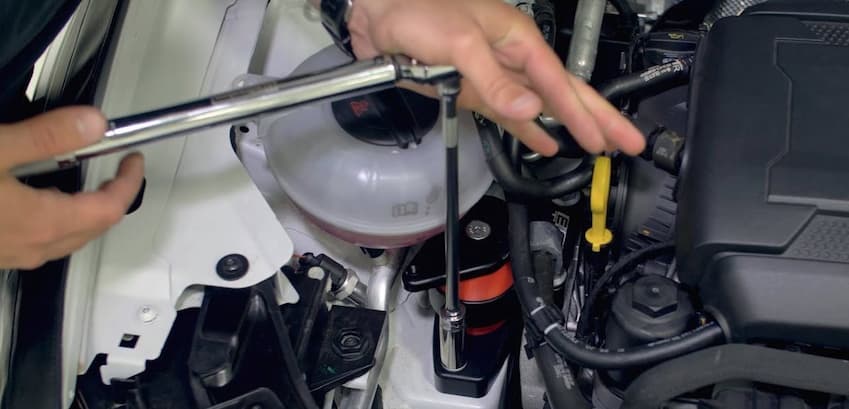
The advantages of U-bracket engine mounts are similar to those of rigid mounts. However, they offer higher levels of both vibration dampening and performance than rigid mounts. They are also easier to install than other types of engine mounts because they only require one bolt.
The main disadvantage of U-bracket engine mounts is they tend to weigh more than other types of engine mounts. This can make them unsuitable for use on lightweight vehicles or in engines that need additional power. They are also typically more expensive than other mounting systems.
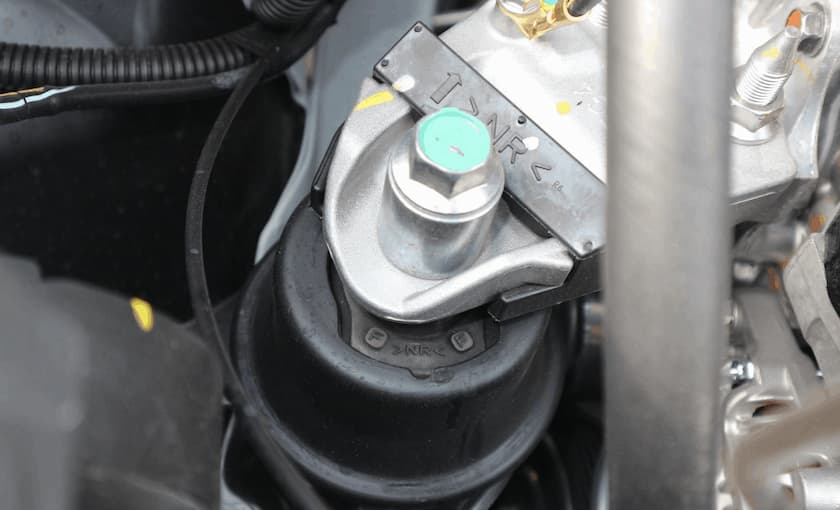
The advantages of rubber engine mounts are similar to those of rigid and U-bracket mounts. They offer improved engine performance, which makes them ideal for use in vehicles that need to perform well or travel long distances. They are also lightweight, making them ideal for use on fuel-efficient vehicles.
The main disadvantage of rubber engine mounts is they do not provide as much vibration dampening as other types of engine mounts. This can make the engine noisier than it would otherwise be and can cause increased wear on components due to excessive movement. Rubber engine mounts are also more expensive than other mounting systems.